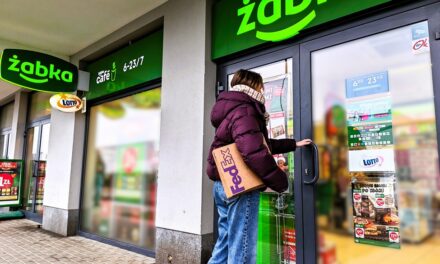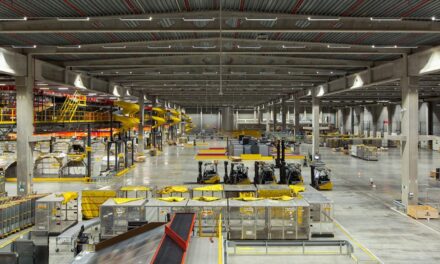
Competition heats up in the Asian small-parcel market
Supply chain professionals being tasked with establishing or managing small parcel networks in Asia report being pleasantly surprised by the coverage and competition from the major parcel carriers. That said, there are some major differences between managing a small parcel logistics networks in Seattle and Shanghai.
Tom Stanton, international supply chain analyst at consulting group AFMS in Portland, Ore. says the three major parcel carriers—UPS, FedEx and DHL—are all investing heavily in the Asian markets, particularly China. He says the three are competing for reputation and market share in Asia just as fiercely as they do in the U.S., but from perhaps different positions.
Stanton says DHL has been in Asia the longest and the company claims to have as much as 38 pct of the market and combined the big three hold about two-thirds of the market. All are investing and growing dramatically in Asia. UPS is building a new hub at Shanghai’s international airport. UPS reported more than 20 pct overall business growth in China in the third quarter of 2007, with intra-Asia trade representing the fastest growth.
FedEx aims to begin operations at a USD 150 million hub in the southern city of Guangzhou in December 2008.
Most recently, DHL announced in November it was spending USD 175 million to build its North Asia Hub in Shanghai at the Shanghai Pudong International Airport, due to open in the second half of 2010. The hub will be DHL’s sixth in Asia, and will be able to handle as many as 20,000 parcels and 20,000 documents an hour, the company said.
In a Bloomberg interview, Jerry Hsu, DHL’s president of Greater China, said DHL may form a domestic air-cargo venture with a local carrier. The company has held talks with a number of airlines and drawn up a shortlist based on their hubs and gateways, he added.
Beyond the three major small package players, TNT Logistics and APL Logistics may be the only other names recognizable to U.S.-based supply chain managers. The rest of the market is filled in by local and regional Asian firms covering short shipments between factories or businesses.
Leif Holm-Anderson is director of transportation and trade compliance for electronics distributor Arrow Electronics in Melville, N.Y. and agrees that DHL has a stronger presence in Asia than U.S.-based buyers may expect. Arrow uses a lot of small parcel for inbound shipments from electronics suppliers in Asia to its regional distribution centers. He says while coverage is a bigger factor in carrier evaluation in the Asian markets than in the U.S., rate structures and service levels are still the biggest factors in evaluating a carrier. That applies to both the household names as well as the local Asian carriers.











